The best flash triggers for your camera: wireless control for off-camera flashguns
The best flash triggers let you position your speedlight away from your camera, creating new and exciting lighting set-ups
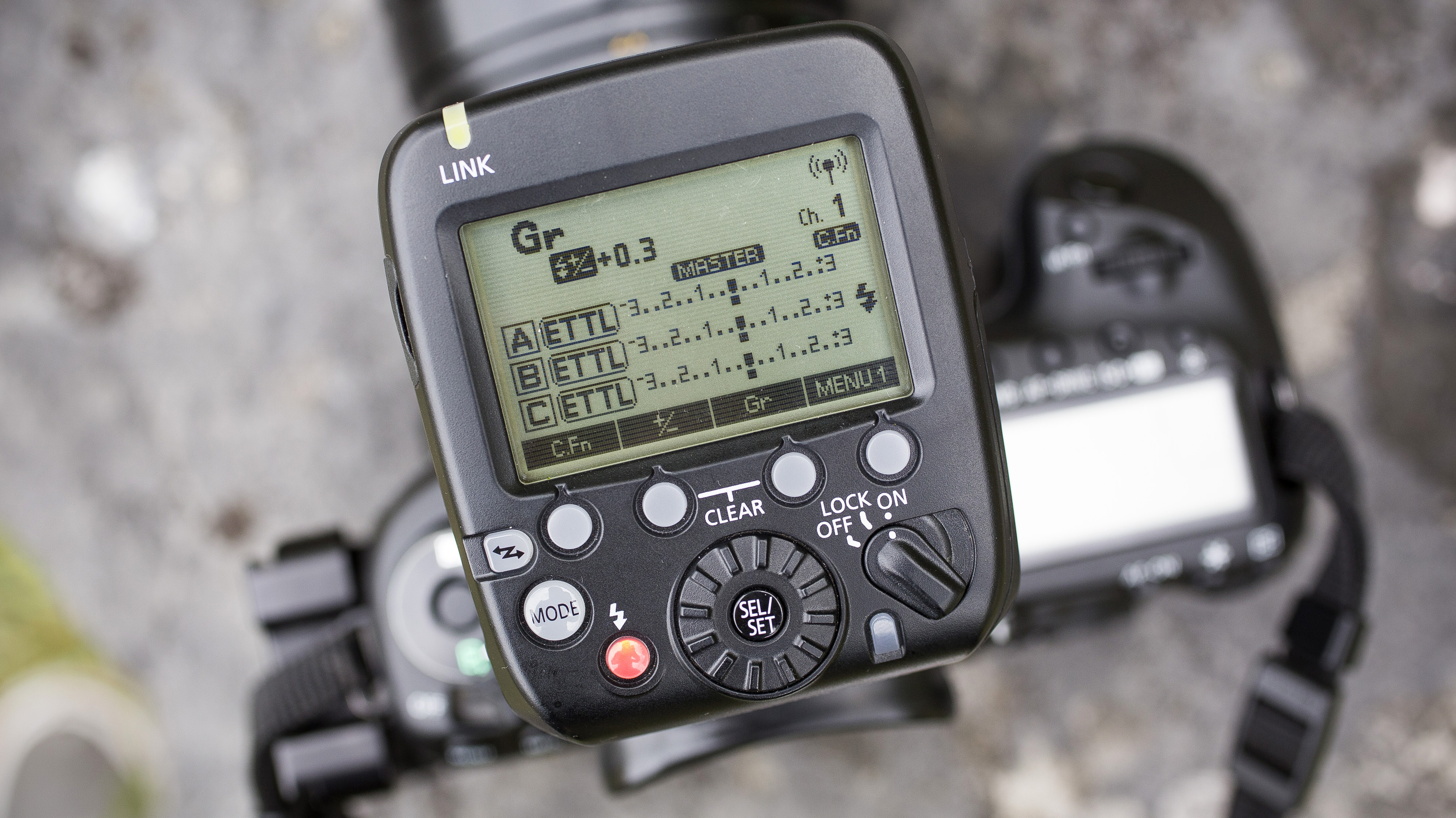
If you've shot with speedlights, you've probably considered the best flash triggers. Being able to liberate the light from the hotshoe for off-camera effects is great, and being able to control multiple lights from one unit is even better. Once, flash triggers were physically tethered to their lights with a cord, but in this wireless age, such things are no longer necessary.
We've compiled the best flash triggers you can buy right now, based on our testing and reviewing. While flash triggers can work via radio frequency (RF) or infrared (IR), here we've stuck with RF, as they provide greater range and don't require line of sight. Different triggers are compatible with different systems – we've listed the compatibility of each unit we've featured, and have made sure to include options at a range of prices.
At the bottom of the page we've put some more info on how to go about choosing a flash trigger, as well as answering some frequently asked questions about them, so head there first if you're unsure. And if you're still building your speedlight setup, you'll want to check out our guide to the best flashguns and strobes.

Ben is the Imaging Labs manager, responsible for all the testing on Digital Camera World and across the entire photography portfolio at Future. With years of experience trialling and testing photographic kit, he's a human encyclopedia of benchmarks when it comes to recommending the best buys – here he picks out the best wireless flash triggers for your money.
The quick list
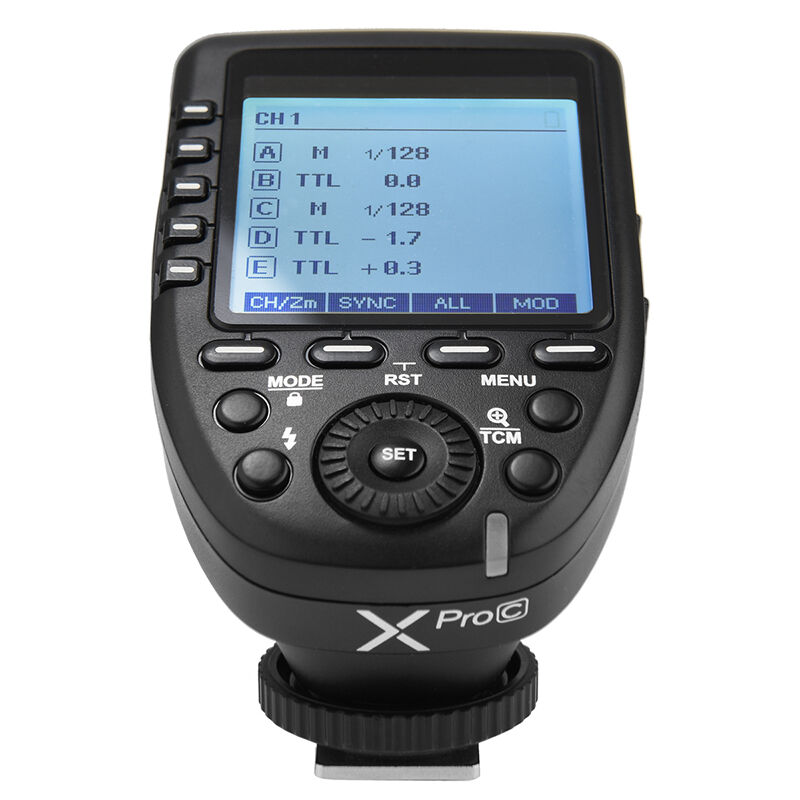
Best value
While it can be a little intimidating to new users, Godox's XPro trigger offers superb value for money, with intuitive control and plenty of useful features.
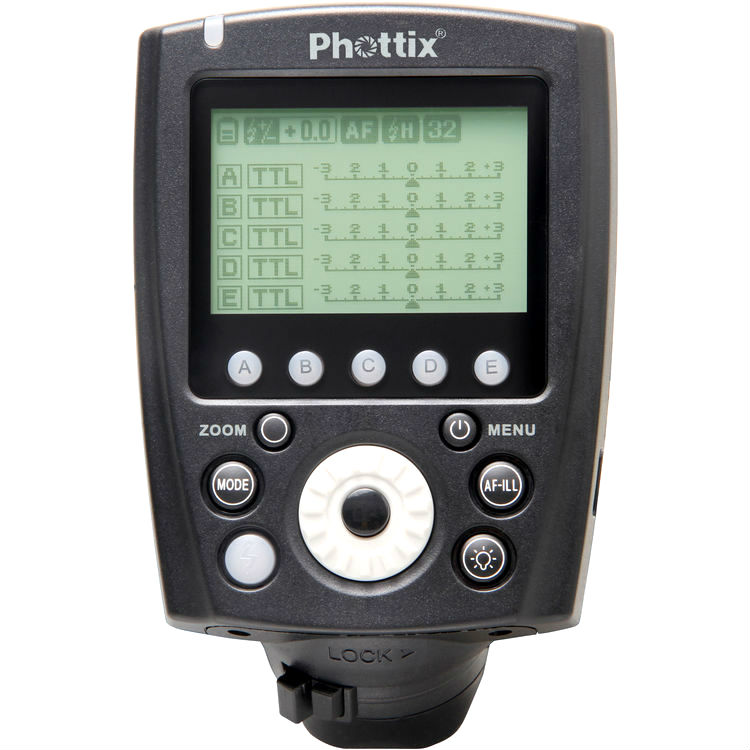
Best for multiple flashes
If you're using a multi-flash setup, the Phottix Odin II is a great choice. It's probably overkill for just one flash, but it delivers outstanding performance and speeds.
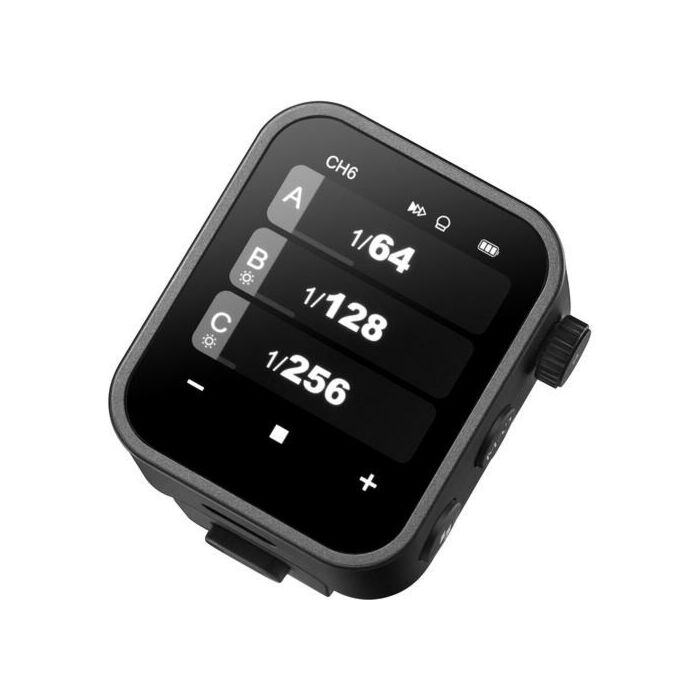
Best touchscreen
Tinier than other triggers, and operated entirely by touchscreen, the Godox X3 (aka Flashpoint R2 Nano) feels like a next-generation flash trigger.
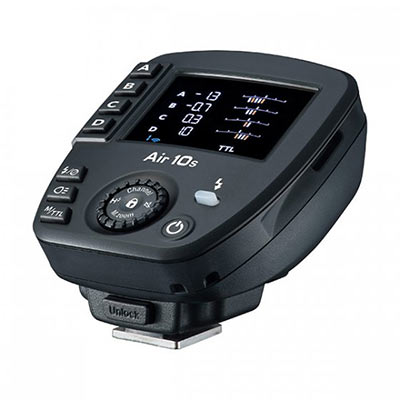
Best long-range
With reliable long-range communication, the Nissin Air 10s is a good choice for those who might need a bit of distance from their flash – perhaps for location shooting.
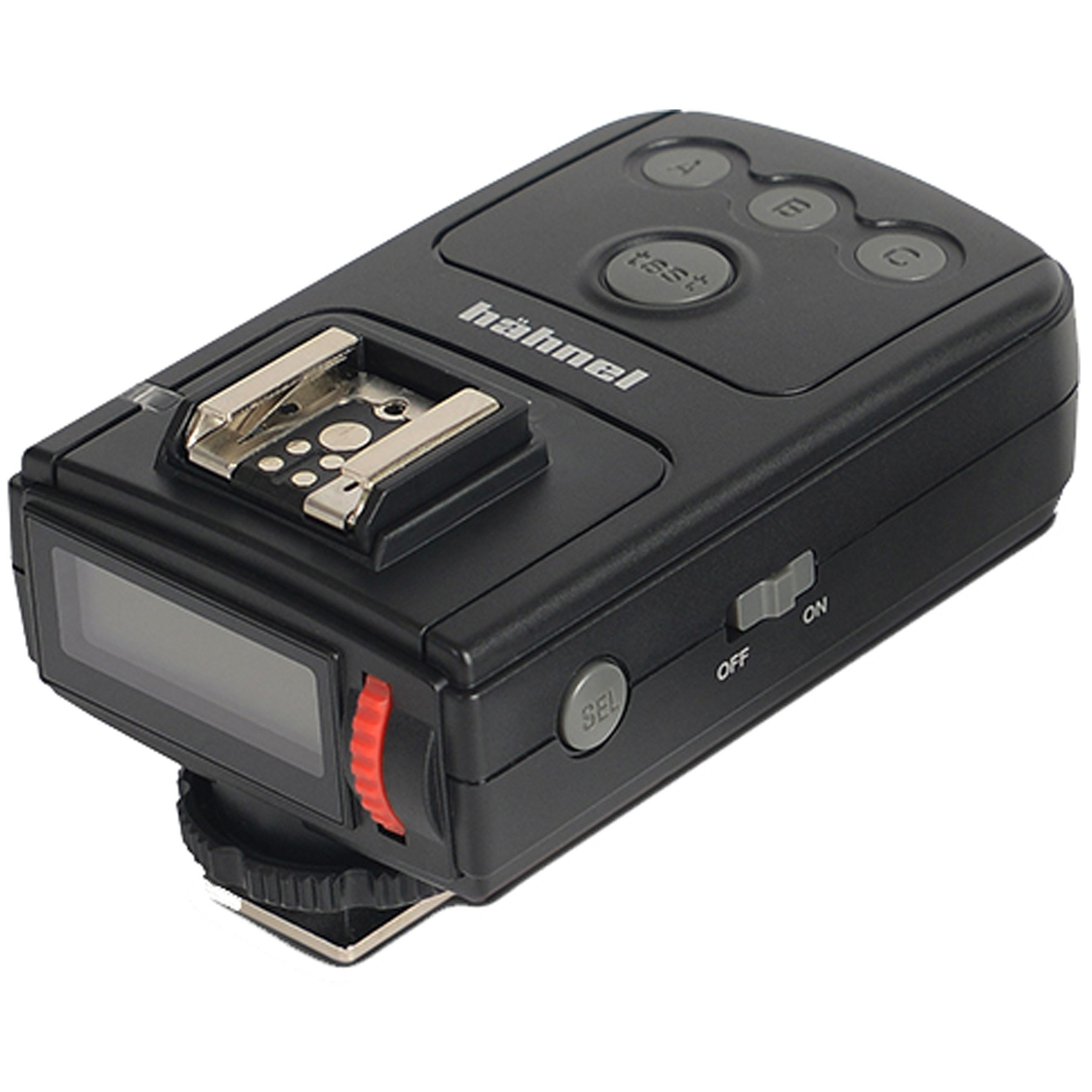
Best for beginners
An affordable flash trigger with a clear backlit LCD screen and logically laid out controls, the Hahnel Viper TTL is an ideal choice for those starting out with flash.
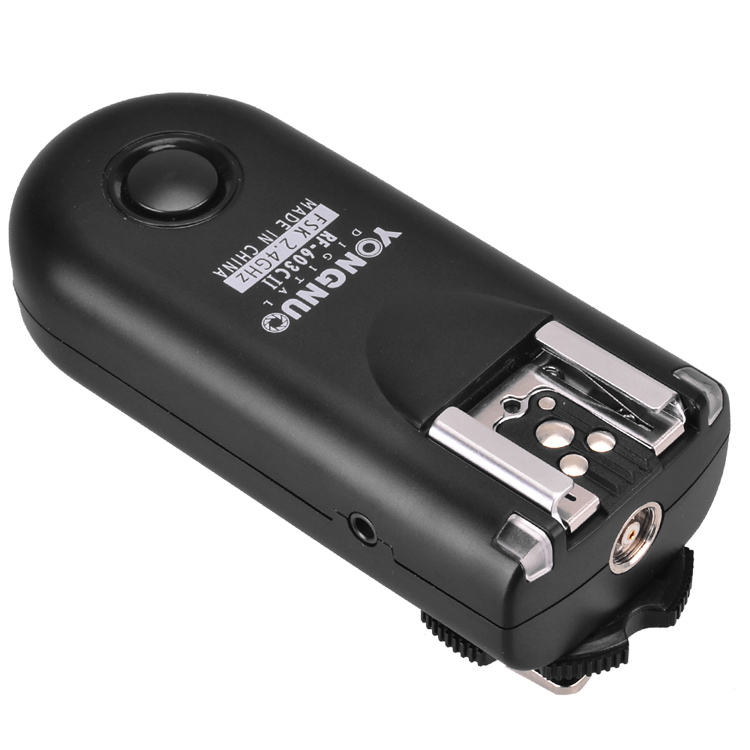
Best budget
For users looking for an ultra-cheap solution, we'd recommend the Yongnuo RF 603 II. It manages good transmission range and respectable high-speed sync.
Load the next products ↴
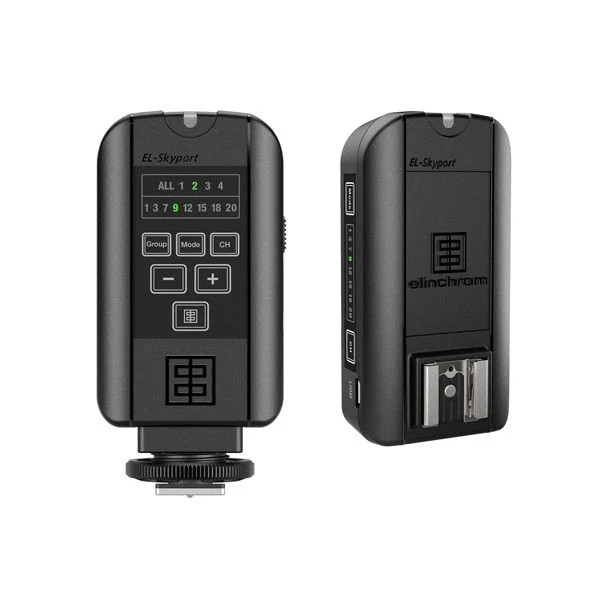
Most versatile
Working with practically any flash system, Elinchrom's Skyport is going to be a good choice for lots of users. It also boasts an impressive 200m wireless range.
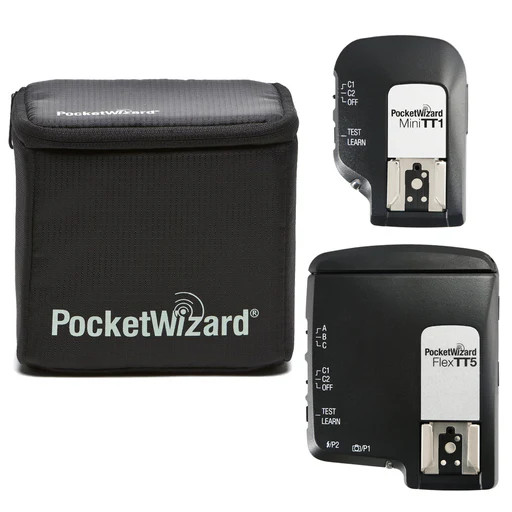
Best professional
This powerful system is a favorite among professionals – and is priced as such. It offers huge transmission range and ultra-high-speed sync for those who need it.
The best flash triggers in 2025
Why you can trust Digital Camera World
Best value
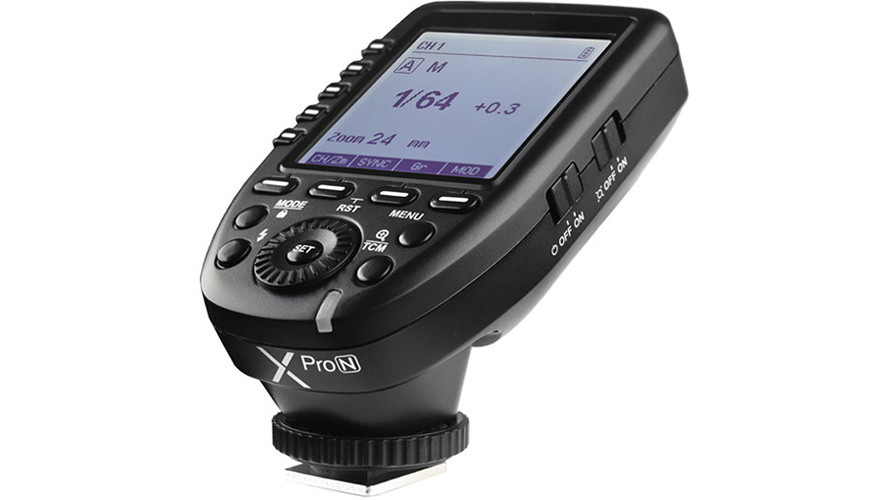
1. Godox XPro i-TTL
Specifications
Reasons to buy
Reasons to avoid
Godox has carved out a name for itself in the photography community for making good-quality flashes and triggers at affordable prices. A Chinese company, Godox has released a few different wireless triggers, and the XPro is its most recent.
Available in Canon, Nikon, Sony, Olympus, Fujifilm and Pentax-compatible variations (make sure you buy the right one), the diminutive XPro trigger features a good number of physical buttons for easy control of multiple flash triggers, as well as a large LCD screen to help you keep track of what you're doing. The buttons don't feel as premium as those on more expensive triggers, but, well, that's one of the reasons they're more expensive.
One particularly popular function is TCM, which can also be found on premium Profoto triggers. Essentially, this allows you to fire a test shot in TTL to gauge the exposure you need for the shot you're after, then with a tap of the TCM button, set all your group flashes to fire in manual at the appropriate power level. This allows you to get good consistency from shot to shot.
It helps to know what you're doing with the Godox XPro i-TTL, particularly as the manuals are not that well-translated and can be a head-scratcher, but this trigger is nonetheless quite a bargain.
Best for multiple flashes
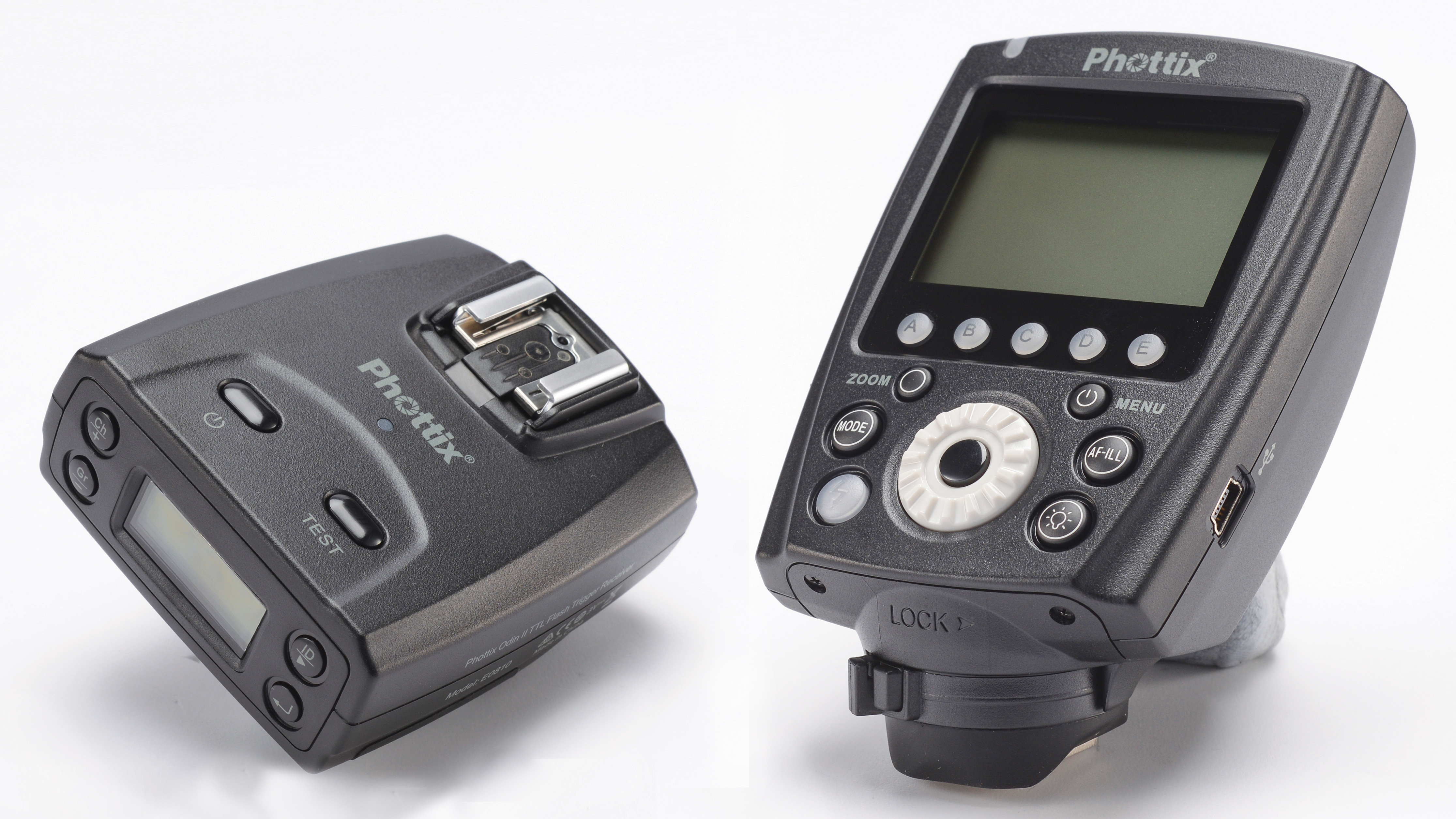
2. Phottix Odin II
Specifications
Reasons to buy
Reasons to avoid
The Odin II system is available for Canon or Nikon systems, and you can buy Sony and Pentax variants of the Odin II transmitter.
This trigger isn't cheap, but the premium price reflects the extensive feature set. Where most triggers have three group options, Phottix gives you five, as well as 32 frequency channels and Digital ID matching to maintain a secure, uninterrupted connection between camera and flashgun(s). Naturally, there’s wireless TTL for effortless flash metering, and even flash zoom control so you can alter the flash coverage to suit the lens focal length you're using.
It’s small wonder then that performance is outstanding. Sustained burst shooting posed no problems in our testing, and neither did long-range triggering. We were able to shoot at our test camera’s 1/200sec maximum sync speed with no banding, though there is a High Speed Sync mode that’ll top out at 1/8000sec.
With so much to play with, the Odin II isn’t the most accessible system for newcomers, but its streamlined control layout and clear backlit screen are a pleasure to use. Build quality is also top notch, and both transmitter and receiver are powered by convenient AA batteries.
Best touchscreen

3. Godox X3 (Flashpoint R2 Nano)
Specifications
Reasons to buy
Reasons to avoid
Released at the start of 2024, this wireless flash trigger from Godox was hyped to be something of a game-changer. It's easy to tell why at just a glance, with the design of the trigger being significantly smaller and sleeker than the others on this list. Indeed, visually and ergonomically it has more in common with something like an Apple Watch than it does a conventional flash trigger. The Godox X3 is widely sold as the Flashpoint R2 Nano in North America - but the products are the same.
The trigger is available for Canon, Nikon, Sony, Fujifilm and Olympus / OM System. It works entirely via the touchscreen, with easy navigation through the menus and settings. The screen itself is a high-contrast OLED display with a rapid refresh rate and adjustable brightness. Connectivity-wise, the trigger uses the 2.4GHz Godox Wireless X system, which provides a stable, reliable connection. It offers TTL, multiflash mode, HSS, front curtain sync, and rear curtain sync, with two-way TCM allowing for instant switching between TCL mode and manual mode.
The small size of the X3 trigger makes it highly convenient – though it can make operation a bit fiddly. App support might have helped here, so it's somewhat surprising that there isn't an option to connect via your phone. Still, if you're looking for a slick and portable flash trigger, this is an excellent choice.
Read more: Has Godox just changed the game for camera flash triggers?
Best long-range
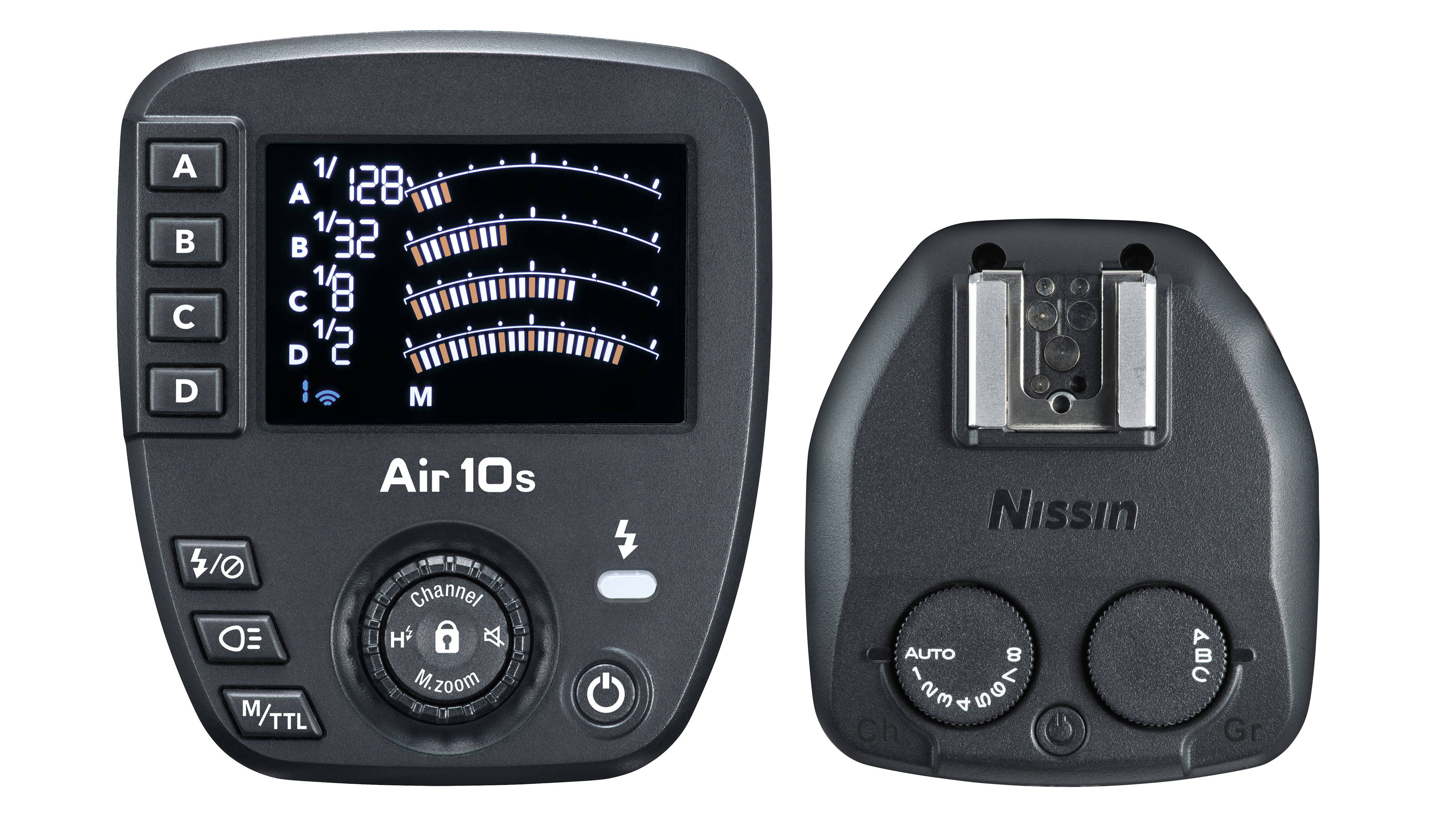
4. Nissin Air 10s Commander & Air R receiver
Specifications
Reasons to buy
Reasons to avoid
Nissin’s Air System uses a 2.4GHz radio frequency link, which in the Air 10s capable of a huge 100m wireless range - a healthy increase on the 30m range of Nissin's older Air 1 transmitter. While few scenarios demand you to be such a distance away from your flash, it at least gives peace of mind that this system will maintain a rock-solid connection at shorter distances.
The Air 10s Commander unit is totally intuitive to operate, with a clear, logical display and just the right amount of controls to balance ease of use with functionality. It packs useful features like remote power adjustment of a whopping eight flash groups, an AF assist lamp, not to mention wireless TTL compatibility with Canon, Nikon, Sony, Fuji and Micro Four Thirds TTL systems.
You can control Nissin’s own Di700A, i60A and MG-series flashguns directly from the Air 10s without an Air R receiver attached. The receiver itself is just as compact as the Commander, and is also powered by AAA batteries. It too has eight selectable channels, and Nissin has added a little flip-down foot that lets you stand the receiver and attached flashgun on a flat surface - a nice touch.
Best for beginners
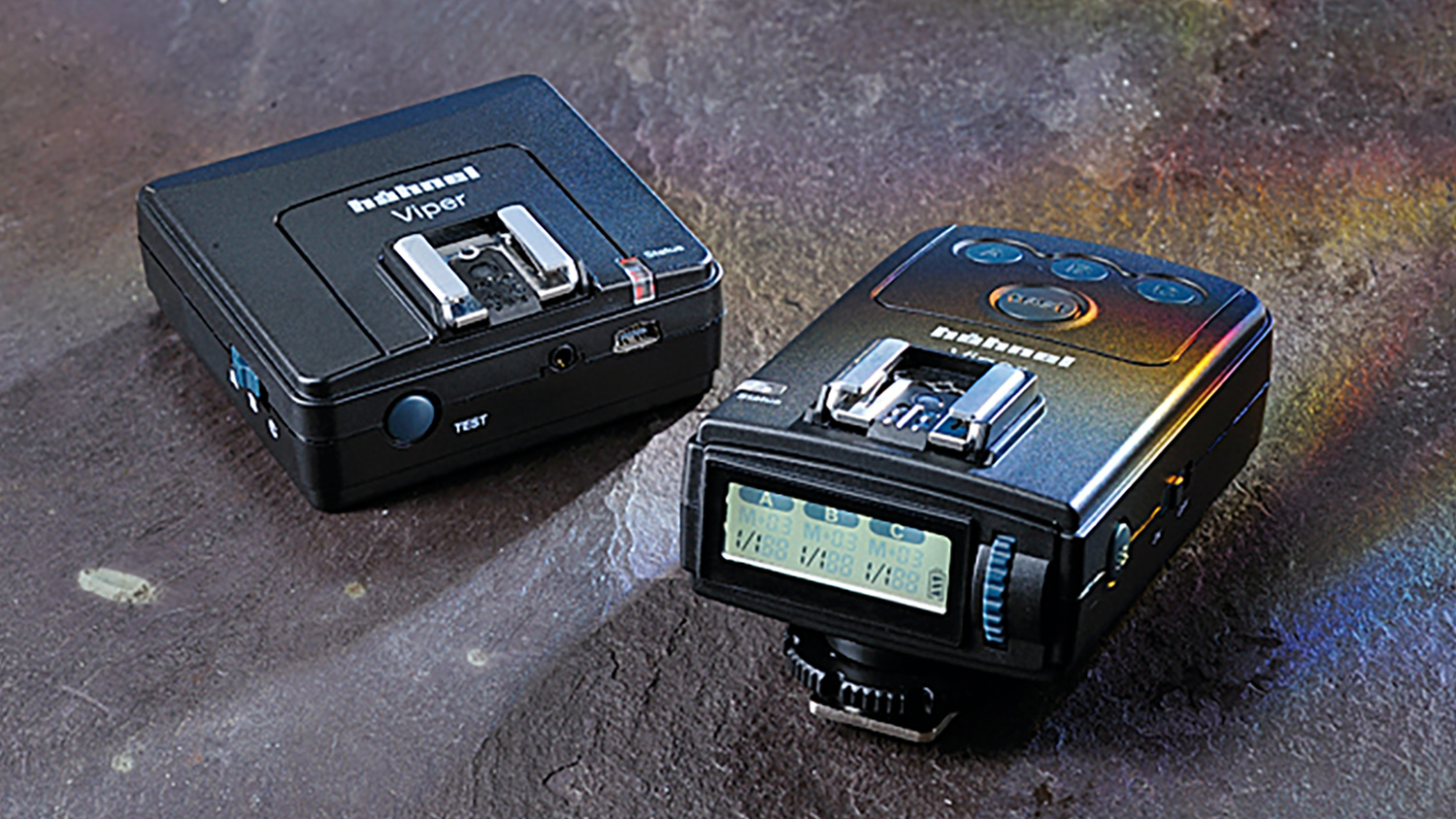
5. Hahnel Viper TTL
Specifications
Reasons to buy
Reasons to avoid
The original Viper system was a simple but very effective trigger with an impressive 2.4GHz, 100-metre range. However it was Canon-only, and lacked TTL transmission, but now Hahnel has now addressed both these limitations. The Viper TTL kit comes in Canon, Nikon and Sony variants, with TTL compatibility for all three brands. We found the TTL mode on our Nikon sample version worked perfectly.
You still get remote control of flashgun power from the transmitter, with the clear backlit LCD screen and logical controls making it a cinch to use. Flashguns can be arranged into three groups, and though there’s no choice of frequency channels, Hahnel goes one better with a Digital Channel Matching system that securely codes the transmitter and receivers together to prevent interference.
Build quality isn’t quite on a par with the top triggers on this list, but it’s not far off and you get metal hot-shoe mounts all round.
Best budget
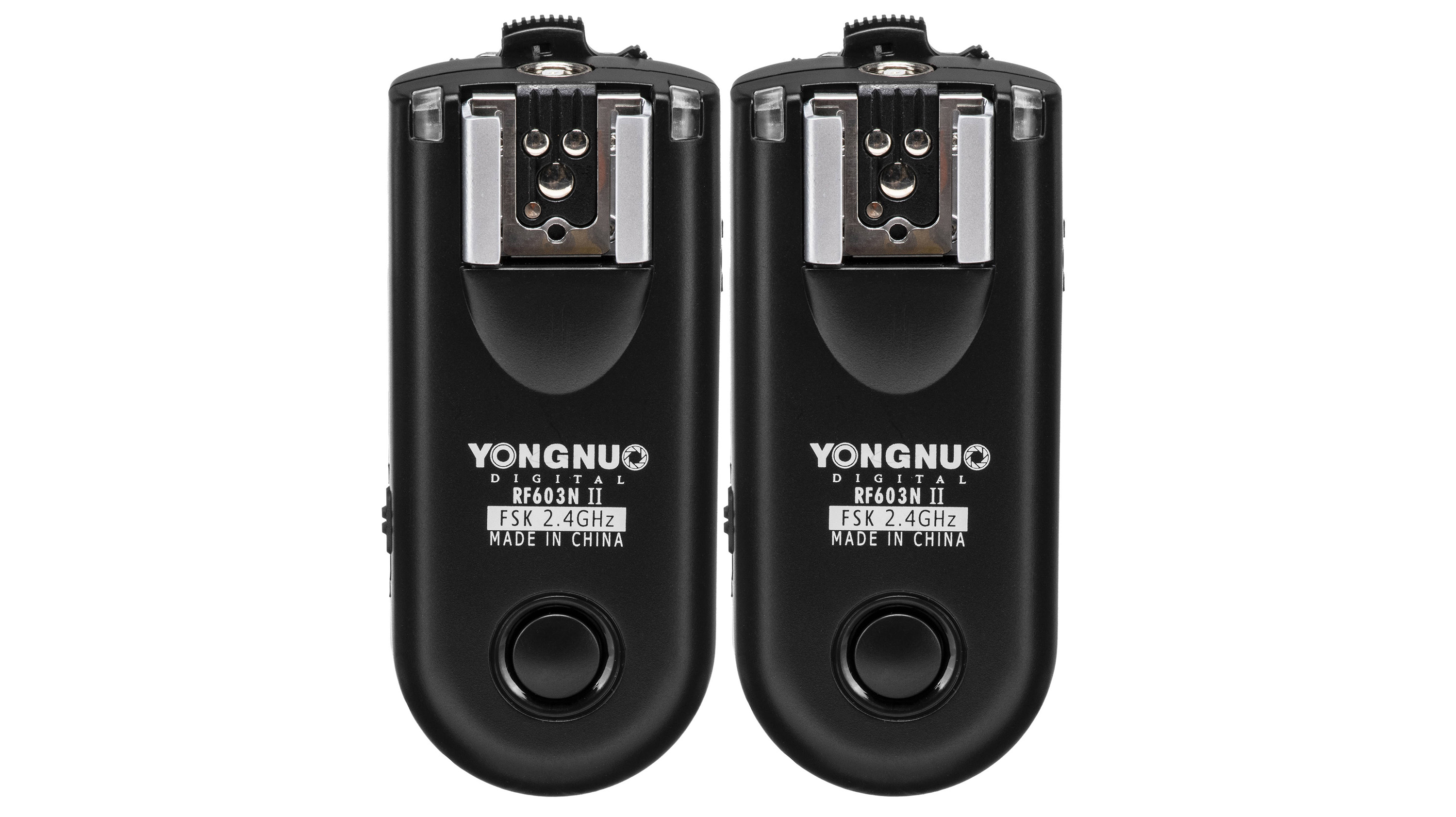
6. Yongnuo RF 603 II
Specifications
Reasons to buy
Reasons to avoid
Shoestring budget contenders like this can often disappoint, but first impressions of the RF-603 II are encouraging. The fit and finish are more than acceptable for the money, and while the receiver’s cold shoe mount is plastic, the two hot shoes are metal.
Although there are no group options, sixteen frequency channels are available to avoid interference, though they’re set using microscopic switches under the transmitter. A full-on 2.4GHz radio frequency link provides a genuine 100-metre range, and when testing at closer distances, Yongnuo claims sync speeds of up to 1/250-second. We could only manage a reliable 1/160sec sync in our testing, but the connection was stable enough to avoid misfires during burst shooting.
The final trick up the RF-603 II’s sleeve is it can be used as a wireless shutter release: just connect the receiver to your camera’s remote socket, then the two-stage button on the transmitter focuses before firing the shutter.
Most versatile
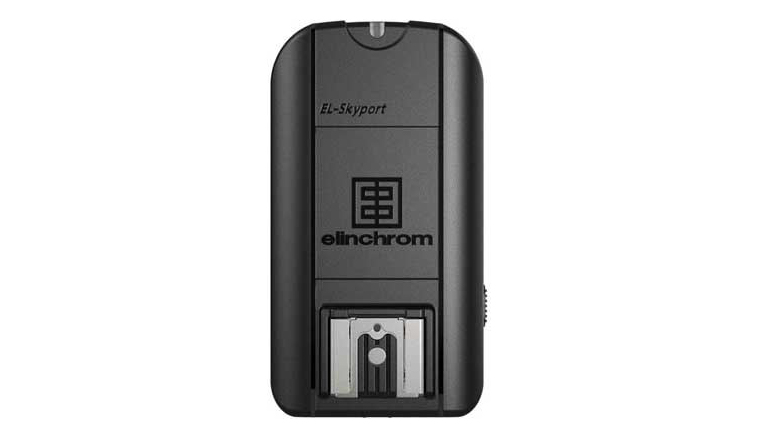
7. Elinchrom Skyport Plus Receiver
Specifications
Reasons to buy
Reasons to avoid
The Elinchrom Skyport Plus receiver doesn't just work with Elinchrom lights but pretty much any light so long as you have a sync cable. The transmitter will also work with the Rotolight Neo 3 Pro as it has a built-in receiver. It boasts an impressive 200m range which is almost double what most other flash triggers are capable of making it perfect for location shoots when you might be some distance from your model.
There is a built-in hotshoe to trigger for a flashgun and it can also be directed mounted to a stand. When being used in conjunction with the Skyport HS Plus transmitter, you will be able to use the hi-sync applications such as high shutter sync to free action shots. It requires 2x AA batteries and comes with a 3.5mm to 3.5mm sync cord and a 3.5mm to 6.5mm adapter.
Best professional

8. PocketWizard FlexTT5 & MiniTT1
Specifications
Reasons to buy
Reasons to avoid
PocketWizard is a pro favorite in this sector, and it’s easy to see why with this no-compromise combo. The FlexTT5 transceiver can double as a transmitter or receiver, but we paired it with with the MiniTT1 transmitter, as it’s significantly smaller. Both the FlexTT5 and MiniTT1 come in Canon or Nikon mounts (there's also a Panasonic version of the FlexTT5), and both support Canon E-TTL and Nikon i-TTL metering, transmitted over a huge 240-metre range. Or, if that’s not far enough, this can be increased to a staggering 365 metres when using Basic Trigger mode. This mode allows the MiniTT1 or FlexTT5 to work as a transmitter on any camera with a standard hot shoe.
The FlexTT5 enables high speed sync with compatible flashguns, allowing for super-fast shutter speeds up to 1/8000 of a second. You can tweak this and adjust the plethora of other advanced features including extensive channel options by connecting the on-board USB port and using PocketWizard’s Utility software, which also enables firmware updates.
How to choose a wireless flash trigger
A decent radio-frequency flash trigger will provide up to 100 metres of range, and should also give you the ability to separate your flashes into different groups to fire at different times. This allows you to replicate a studio flash head setup for a lower cost, with separate key, fill and accent lights. This does mean that you’ll often require an extra receiver for every additional flashgun you want to incorporate, though some more recent flashguns do come packing built-in receivers, so do check before buying any extra equipment you might not need.
Different triggers will have different features. Some will have TTL functionality: Through The Lens metering, which automatically reads the lighting conditions and adjusts power output accordingly, while others are manual only. Some will also be able to use High-Speed Sync, which enables to use of flash in tandem with fast shutter speeds, allowing you to freeze fast action. Depending on the kind of images you shoot, this may or may not be necessary.
Wireless flash triggers will normally be designed to work with a single camera brand. While some are more broadly compatible, many will have a single model that works specifically with Canon, Nikon, Sony or whatever else, so double-check you've got the right version before you click "Buy".
Here are five things to keep in mind when shopping for and using wireless flash triggers:
1. Stand back
All the kits we’ve featured use radio frequency triggering, which unlike cheaper infra-red systems, usually provides up to 100m of range without needing a direct line of sight.
2. Channel hopping
With radio frequency triggering comes possible interference from other RF devices. A system with multiple channel options or channel coding will lock out uninvited waves.
3. TTL triggering
A triggering system that wirelessly transmits TTL metering signals is a must if you rely on the fire and forget simplicity of a TTL flashgun, but these triggers inevitably carry a premium.
4. Stay put
Don’t fancy wasting time running between multiple flashguns to set their power? More advanced triggers will let you remotely control flashgun output from the transmitter.
5. Sync speed
Typically, a flash trigger will enable a shutter speed up to 1/250sec, but top-end systems boast high-speed sync with compatible flashguns, enabling up to 1/8000sec shutter speeds.
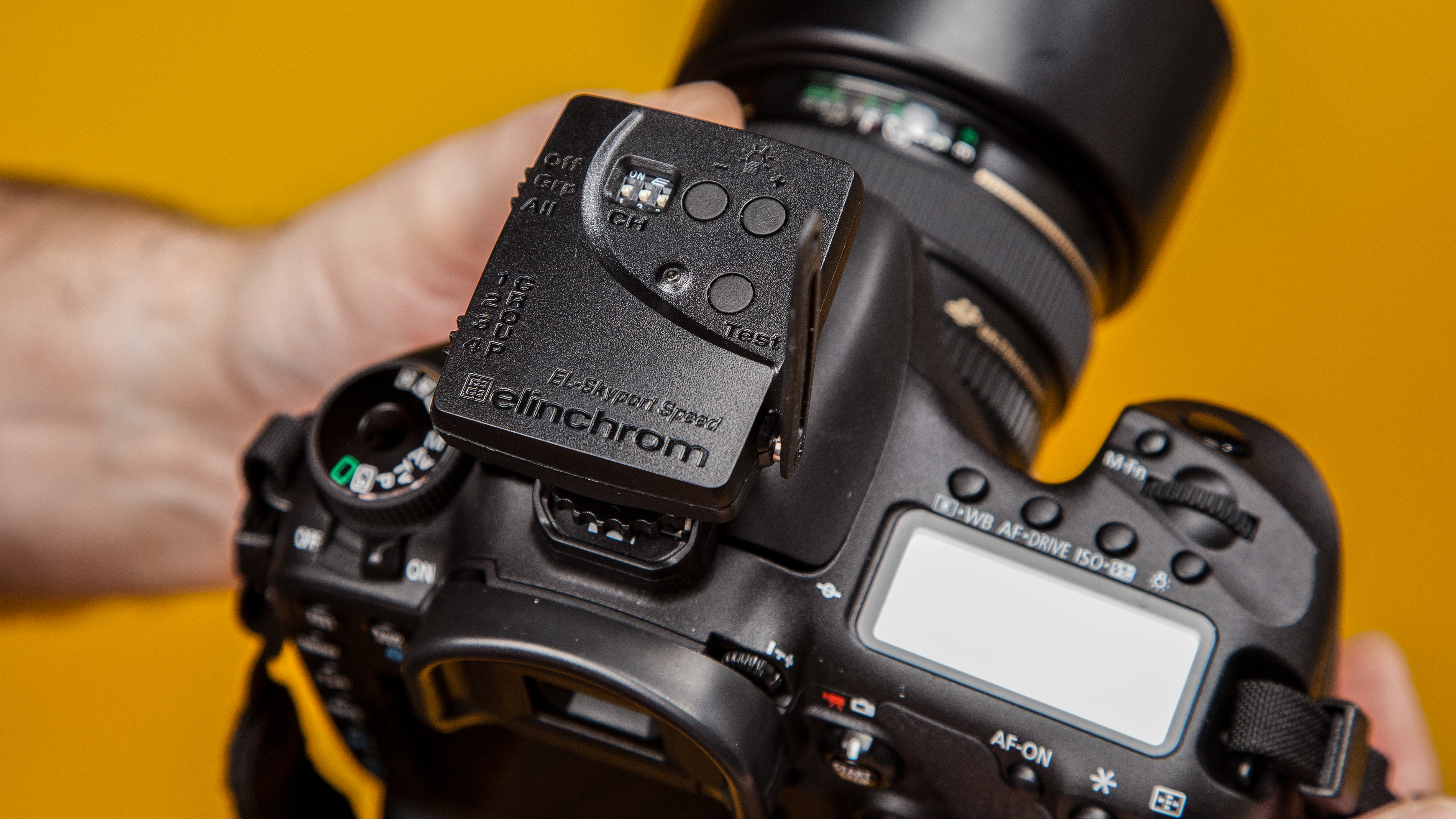
How we test flash triggers
When we test flash triggers, we put them through their paces in our dedicated studio. We look at how easy they are to set up and use, and put them through their paces in features like wireless TTL and high-speed sync. We use our test camera's maximum sync speed and check for banding or misfires. We also assess the build quality of the trigger, as well as the battery life and operational range.
FAQs
Do flash triggers work with any flash?
Not necessarily, and not fully. Most flash triggers will probably be able to at least fire most flashes (assuming they both communicate by radio frequency, or IR), but for more advanced features like TTL or HSS, it's a good idea to stick with a single brand, and double-check compatibility with the manufacturer before buying.
Why is my flash not firing?
While it is possible that a flash is not firing due to a technical fault with the trigger, receiver or flash itself, there are a number of common issues worth checking for before sending it off for repair.
Check that everything is plugged in correctly – a loose connection might be the problem. Check that all triggers and receivers are turned on, with radio transmission enabled, and are set to the same channel/group. Make sure that the flash unit is set to the right mode (it might be in Master rather than Slave), and that the shutter speed setting is not exceeding your camera's maximum sync speed. And finally, it may sound obvious, but do check that all parts of the chain have charged batteries.
Read more:
The best flash diffusers, softboxes and modifiers for your speedlight
Get the Digital Camera World Newsletter
The best camera deals, reviews, product advice, and unmissable photography news, direct to your inbox!
Ben is the Imaging Labs manager, responsible for all the testing on Digital Camera World and across the entire photography portfolio at Future. Whether he's in the lab testing the sharpness of new lenses, the resolution of the latest image sensors, the zoom range of monster bridge cameras or even the latest camera phones, Ben is our go-to guy for technical insight. He's also the team's man-at-arms when it comes to camera bags, filters, memory cards, and all manner of camera accessories – his lab is a bit like the Batcave of photography! With years of experience trialling and testing kit, he's a human encyclopedia of benchmarks when it comes to recommending the best buys.
